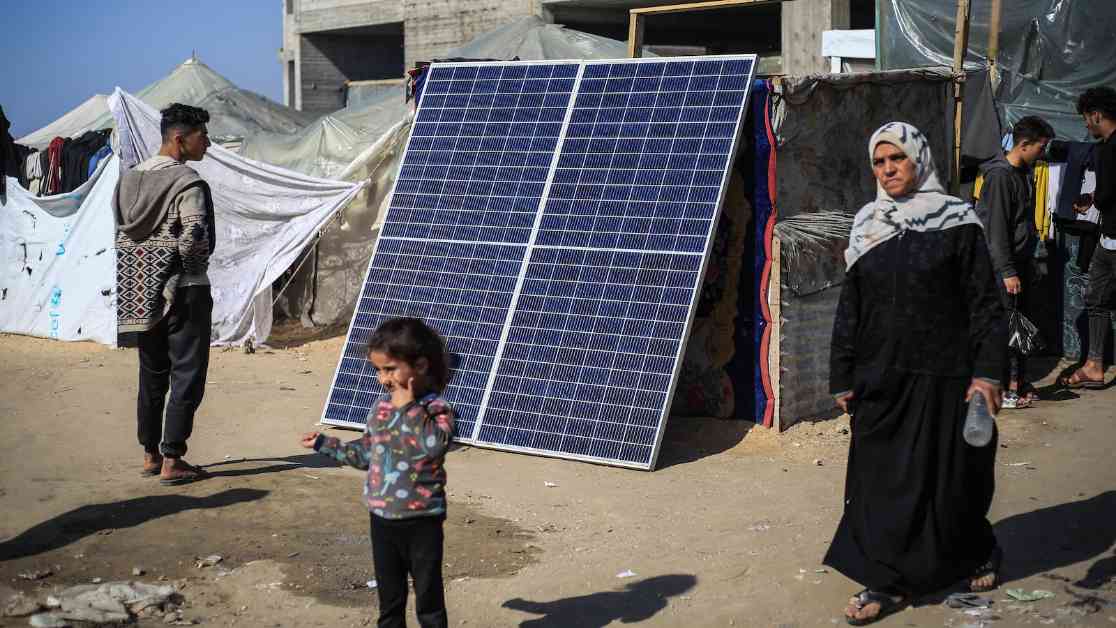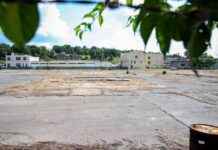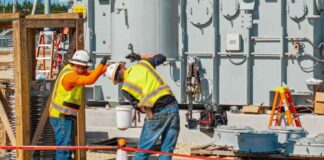Majd Mashharawi, a native of Gaza, had her first eye-opening experience outside her hometown in 2017 during a visit to Tokyo. The bustling city’s bright lights and urban vibrancy left her in awe, making her question why Gaza lacked such a lifestyle. Growing up in Gaza, Majd was no stranger to the challenges of living with inconsistent power supply, often enduring only three hours of electricity a day. This unreliable power dictated every aspect of daily life, leaving residents at the mercy of when the electricity would be on or off.
The intricate relationship between Israel and Gaza concerning energy has a long and tumultuous history. In 2007, after Hamas took control of Gaza, Israel imposed a land and sea blockade, extending its control over critical energy resources. Israel’s strategic grip on Gaza’s energy resources, including power lines and fuel supplies, was intended to exert leverage over Hamas. This power play left the people of Gaza in a state of energy poverty, with frequent power outages lasting up to 16 hours a day, disrupting daily routines and causing immense hardships, especially for women trying to manage household tasks within fleeting windows of electricity.
Amidst these struggles, the emergence of solar power as a viable solution started gaining traction. As solar prices plummeted globally, Israeli leaders recognized the strategic advantage of introducing solar energy into Gaza. By 2023, Gaza had accumulated a massive electricity debt to Israel, prompting the approval of 100,000 solar panels to enter Gaza. The proliferation of solar arrays across the region marked a renewable revolution, with solar power contributing significantly to Gaza’s energy generation during daylight hours.
Majd Mashharawi, who had been working on repurposing war rubble into bricks, saw the potential of solar energy to transform lives in Gaza. In 2017, she founded Sunbox, a social enterprise focused on promoting solar power. Despite facing numerous challenges and setbacks, including the destruction of Sunbox’s offices during the war in 2023, Majd remained committed to her mission of bringing reliable energy to Gaza through solar power.
The devastating impact of the war on Gaza’s infrastructure has left the region in dire need of reconstruction, with estimates indicating a staggering $53 billion needed for rebuilding efforts. With power infrastructure in ruins and water supplies dwindling to critical levels, the international community is urging Israel and other stakeholders to support the ceasefire and expedite aid delivery to improve conditions in displacement camps.
While the conflict persists and Gaza’s future hangs in the balance, various proposals have emerged for the region’s reconstruction. From ambitious plans for large-scale power generation projects to decentralized minigrids powered by solar energy, the vision for Gaza’s revitalization is multifaceted. Amidst these discussions, the emphasis on empowering Palestinians to lead better lives and fostering sustainable development remains paramount.
As Gaza navigates the complex road to recovery, individuals like Majd Mashharawi continue to champion renewable energy as a catalyst for change. Despite the challenges and uncertainties that lie ahead, the hope for a peaceful and prosperous future for Gaza remains a beacon of light amidst the devastation.














